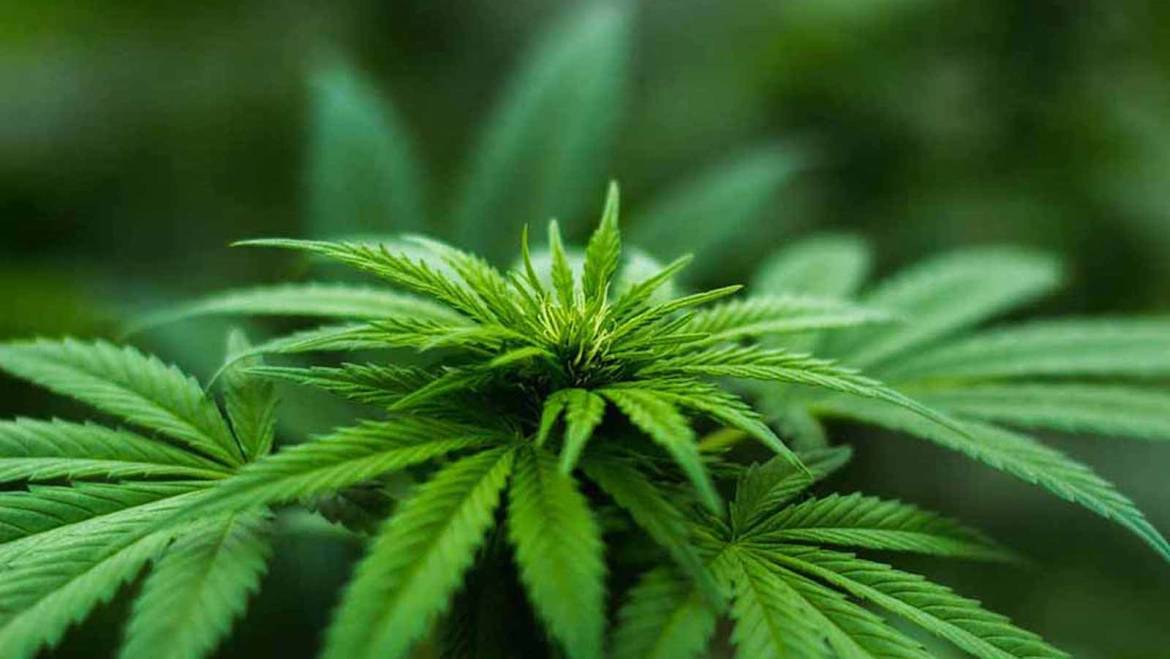Bong Is A Drug
Bong Is A Drug. It’s a common misconception to classify bongs as drugs. In reality, a bong is a tool or device used for smoking cannabis, tobacco, or other herbal substances. Unlike drugs, which are chemical substances that affect the body, a bong is simply an instrument that facilitates the process of inhalation.
The Function of Bongs
Bongs work by filtering and cooling the smoke through water, providing a smoother smoking experience. This is particularly significant for cannabis users, as it allows for a more enjoyable and less harsh inhalation compared to traditional smoking methods.
The Role of Online Cannabis Equipment Stores
Furthermore, online cannabis equipment stores play a crucial role in providing access to bongs and related accessories. These stores offer a variety of bongs, from basic glass models to more sophisticated, multi-filtered options. They also provide cone pieces, which are essential components of the bong where the cannabis is placed and lit.
Bongs and Cannabis Consumption
The relationship between bongs and cannabis consumption is significant. While bongs themselves are not drugs, they are often associated with cannabis, which contains psychoactive compounds like THC and non-psychoactive compounds like cannabidiol (CBD). Bongs can enhance the experience of using these substances by cooling and filtering the smoke.
Legal Considerations and Misconceptions
Nonetheless, it’s important to note that the legality of bongs depends on local laws and regulations. In some regions, bongs may consider illegal if used or intended to use with illegal substances. This legal gray area contributes to the misconception of bongs as being equivalent to drugs.
Conclusion
In conclusion, tools used for smoking and are not drugs themselves. Online cannabis equipment stores offer a wide range of bongs and accessories, catering to the diverse needs of users. Understanding the distinction between bongs and the substances used within them is crucial, especially in navigating the legal and social contexts surrounding their use.
Click here to read similar articles.



Add Comment